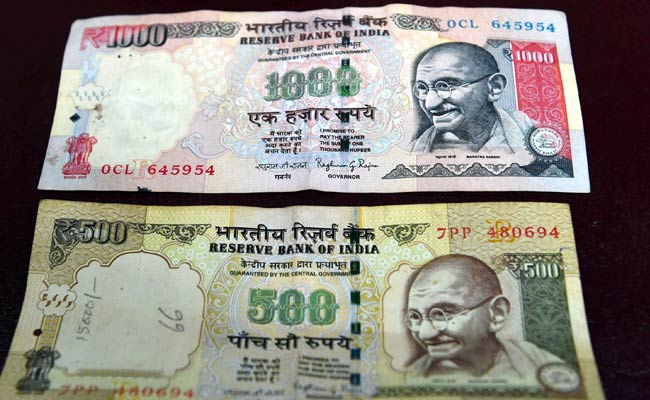Startups in India face numerous challenges at different stages in terms of incorporation, fund raising and hiring and they need adequate support to tide over these difficulties and minimise failures, says a report. The government should provide incentives to investors in startups and direct funding on the basis of monitoring and evaluation as India has the potential to become a major hub for startups, industry body Ficci said in the report.
The report on the vibrancy of the startup ecosystem in the UK and its lessons for India’s developing startup scene observes that while in global hubs like London failure for such venture is accepted, entrepreneurs in countries such as India could be seen as braver as they are taking comparatively greater risks in the face of adverse situations. “There are a number of challenges for Indian startups, from the stage of incorporation through the stages of raising capital, hiring resources, scaling up and making an exit.
“There is a need to address such bottlenecks to minimise failures and ensure that the startups graduate to becoming scale ups,” Ficci said. Corporates can act as hotbeds for co-creation with startups, provide market opportunities through procurement and encourage a wider culture of entrepreneurship. The government can promote direct procurement from startups approved on the Startup India website, the report suggested.
Moreover, the government should take technology scale-up focused trade delegations to innovation hubs around the world and seek successful outcomes from such delegations to include MoUs between Indian and foreign incubators and accelerators. Startups that are innovation and technology driven have increasingly become the backbone of a new India and could be key drivers for several of the government’s programmes such as Make In India, Digital India, Startup India as well as employment generation.
The UK could formally work with experts and business organisations to conduct a state-by-state assessment of where the UK could work with Indian state and central governments, as well as existing private incubators and accelerators, said the report.
IANS
Publish date: February 22, 2017 12:39 pm| Modified date: February 22, 2017 12:39 pm
News took from link










